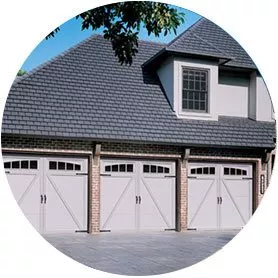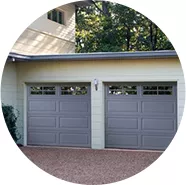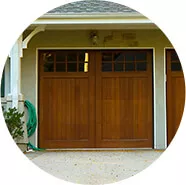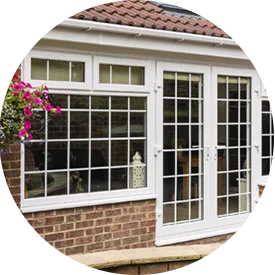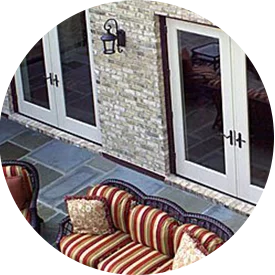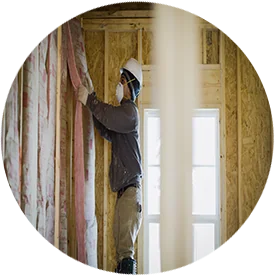At Overhead Door Co. of Indianapolis & Muncie, we are often asked if insulation can be reused. It’s understandable that homeowners want to save money when possible by only replacing damaged insulation, and simply reusing any insulation that is still in good condition. However, the answer to this question largely depends on the type of insulation at hand. Keep reading to learn more about the types of insulation that CAN, in fact, be reused.
Fiberglass Insulation
Fiberglass Insulation is one type of insulation that can be reused after initial installation. When installed by trained professionals, it can be easily removed and put back in place. It’s important to always hire a reputable insulation contractor to ensure proper installation and possible removal in the future.
Cellulose Insulation
Cellulose insulation consists of up to 80 – 85% recycled material. For Indianapolis homeowners who want to be environmentally-friendly, cellulose is the perfect choice of insulation material. And again, when installed by professionals, cellulose insulation can be completely recovered and reused on-site. Special machines are used in the blown-in process, allowing excess material to be vacuumed up and blown back in or salvaged for future projects.
Insulation Contractors in the Indianapolis Area
Whether you decide to go with fiberglass or cellulose insulation for your next project, the pros at Overhead Door Co. of Indianapolis & Muncie can get the job done! We have experience installing all types of insulation in homes and commercial properties throughout the Indianapolis area and beyond.
Contact us for more information regarding which type of insulation you should choose, or to schedule insulation services now!



